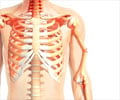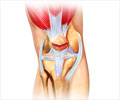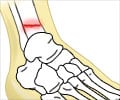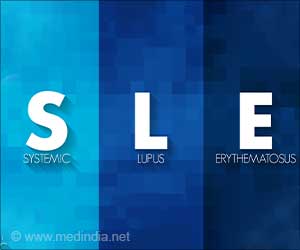Osteoporotic hip fractures are expected to double in numbers by 2050. It is poised to become a far more severe global public-health issue.

Increase in the Incidence Rates of Osteoporotic Hip Fractures
The study analyzed data in 19 countries for patients 50 and older who had fractured their hips between 2005 and 2018. It found that total hip fracture counts were expected to increase over time in 18 of the 19 countries. Hip fracture counts were projected by 2030 and 2050 using predicted population size provided by the World Bank. By 2050, the worldwide hip fracture counts will have likely doubled compared with 2018, with a larger proportional increase in men than women.TOP INSIGHT
Osteoporotic hip fracture, already a dangerous and debilitating problem for older men and women worldwide, is poised to become a far more severe global public-health issue as the population grows older and frailer.
At the same time, osteoporosis in men has been underdiagnosed and undertreated for years, Dr. Cheung reported. "Our study also showed that the use of anti-osteoporosis medications following a hip fracture is lower in men than in women by 30% to 67%," he said. "Thus, more attention should be paid to preventing and treating hip fractures in men."
Previous reports on hip fracture incidence are based on outdated data with heterogeneity in methods and study periods. This study examined the most currently available secular trends of hip fracture incidence, mortality, and use of post‐fracture pharmacological treatment across 19 countries.
A common protocol and a common data model were applied across all sites to provide comparable data. Age‐ and sex‐standardized annual incidence of hip fracture, mortality, and pharmacological treatment rates within 12 months were calculated.
The reasons for the observed variability among countries would require further in-depth research, co-author Chor‐Wing Sing, a research assistant professor said. "One potential reason that some countries have seen relatively large declines in hip fractures is better osteoporosis management and post-fracture care," she said. "Better fall-prevention programs and clearer guidelines for clinical care have likely made a difference." Dr. Sing also noted people’s greater awareness of bone health, resulting in an increase in bone mineral density, or BMD, may also have helped. She cited a study in Hong Kong, which had one of the largest declines in hip fractures, which showed that women 50 and older had become more physically active and started doing more weight-bearing exercise, resulting in a significant long-term increase of BMD.
Source-Eurekalert
 MEDINDIA
MEDINDIA




 Email
Email








